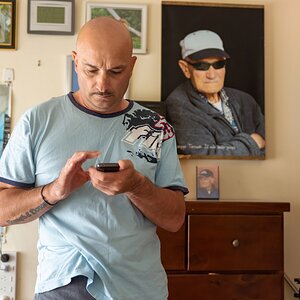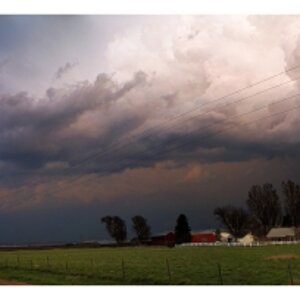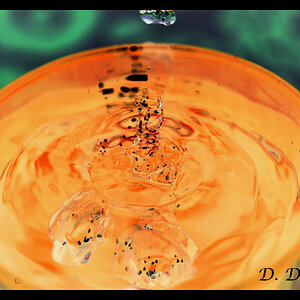- Joined
- Oct 4, 2011
- Messages
- 10,726
- Reaction score
- 5,467
- Website
- sm4him.500px.com
- Can others edit my Photos
- Photos OK to edit
That is the more expensive spectrophotometer and it can not only calibrate/profile a computer display, it can also profile printers, scanners, projectors.
A colorimeter is much less expensive and can't be used with so many types of devices.
For $89 you can buy a X-Rite ColorMunki Smile
Or for $169 you can buy a X-Rite ColorMunki Display
The one you are considering renting is a $459 X-Rite ColorMunki Photo
I would recommend you aspire to the ColorMunki Display because it detects how much ambient light is falling on the display. The less expensive Smile doesn't.
I have that mid-range one, bought it maybe a year ago and have been quite happy with it. As already mentioned, yes, it requires about a monthly re-calibration, but it reminds you, and it's quick and easy to do--takes about five minutes. The rest of the time, it just stays connected and does a regular check of the ambient light (IIRC, you can choose how often it checks) and adjusts as needed.
To answer the other question you asked, yes, it's something you can do yourself, at least with the X-Rite ColorMunki Display unit I have. It does all the calculating and adjusting; no evaluation of color is required from you, so your ability to discern those different tints won't matter in the calibration process.
As an Amazon Associate we earn from qualifying purchases.




![[No title]](/data/xfmg/thumbnail/42/42493-2665d3a35f26795cc783aeb77329a032.jpg?1619740197)



![[No title]](/data/xfmg/thumbnail/37/37640-803bb25a4f46642289fe136733ddfbde.jpg?1619738159)


![[No title]](/data/xfmg/thumbnail/37/37643-1ec2500989f6f4894b6e6323c2d3669e.jpg?1619738160)

